Ferryhill: "People used to sing here"
A melancholy ramble through a former coal mining town — poor, yet pleasant
A small group of children were playing outside a derelict building with a caved-in roof at the edge of the local park. My camera often gathers interest, and a pre-teen boy, Ollie, saw me photograph it. The article headline — “people used to sing here” — is his comment to me, and sums up the former coal mining town of Ferryhill in County Durham.

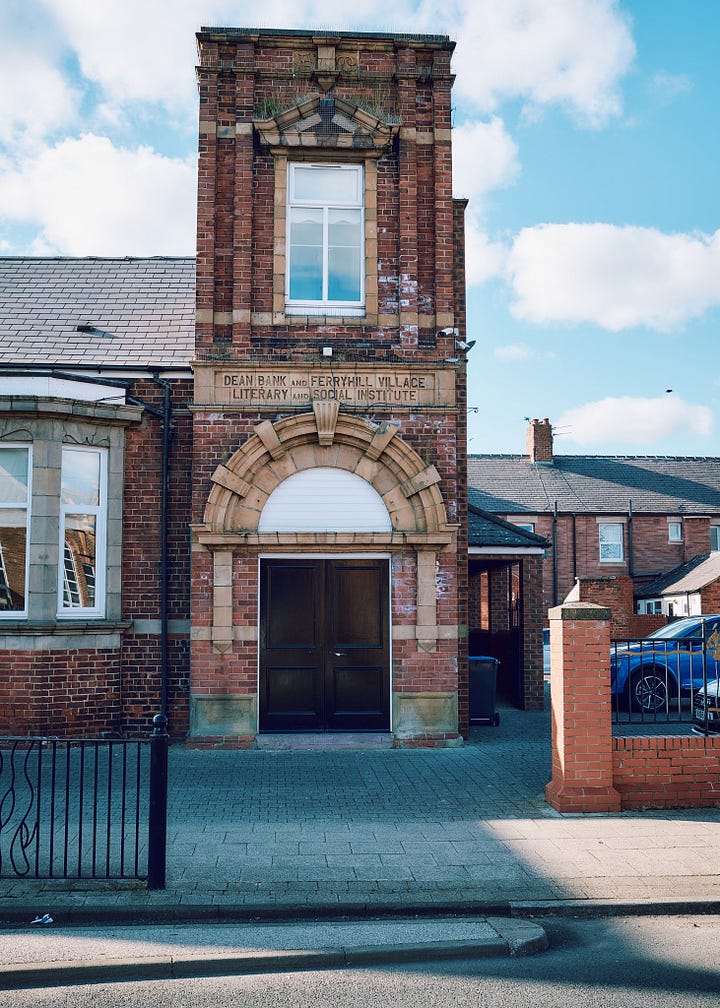
There are moments on my “documentary poverty walks” like this when I know I have caught the story, and there is no way I could have known in advance. Coal mining has never been an easy way to make a living, and it would be inappropriate to paint a false and romantic picture of the past. Nonetheless, Ferryhill’s older buildings hint at a past where cultural aspirations were higher.
With the closure of the mine in the 1960s, and subsequent struggle to find a purpose, hard times have come, along with crime and insecurity.

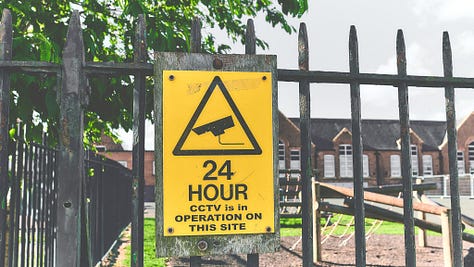
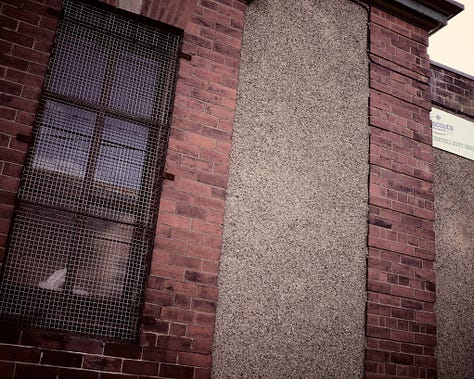
A main road separates the older town square, civic, and shopping area, from where the long rows of workmen’s cottages are.
The latter area (alongside Merrington Road) is ranked among the most deprived.
Yet it is all surprisingly neat and tidy, in a way that contrasts with some of what I saw at Easington Colliery that I visited shortly afterwards, a comparable County Durham mining town that lost its industrial heart much later, in the 1990s. There is, indeed, new life in an older community that has had longer to recover from shock change.
The view over the allotment gardens is positively idyllic.
While there are signs of material poverty, this is not a place that is poor in spirit.

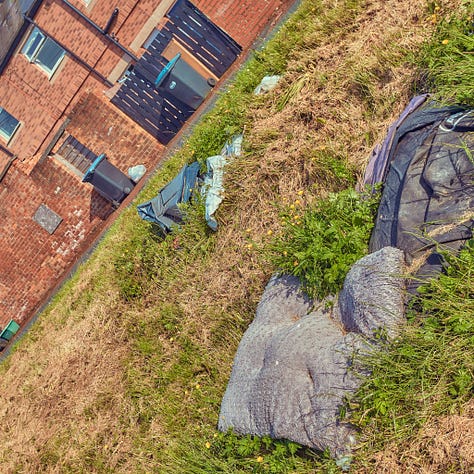

I spoke to one friendly local over a garden wall, who said that despite it being an area of high crime, he and his partner enjoyed living there.
As a place to live and raise a child, I have seen far worse.
That said, as you stray further afield around Ferryhill, there are clear signs of economic decline and social distress.


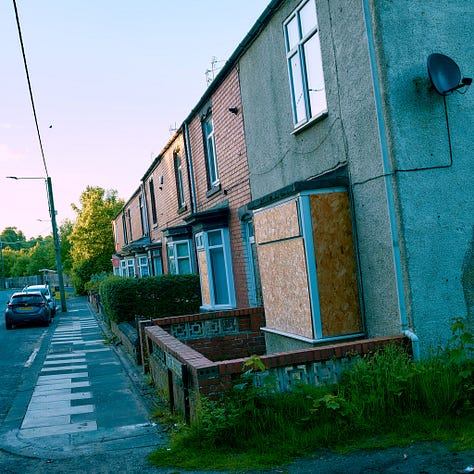
The odd magnificent building slowly goes to ruin.
Particularly poignant to me is how the East Coast Mainline traverses the edge of town, yet the station closed in the 1960s, and later burnt down.
As with the road that rushes through without stopping, so do the trains. There is a “sign to nowhere” — Ferryhill Station is now a place at the lower end of the town, not a railway station as such. The railway infrastructure was economically justified on the basis of coal freight, not passengers, so the the decline of coal took out more than just the local industry, but also the cultural lifeblood of people from afar.
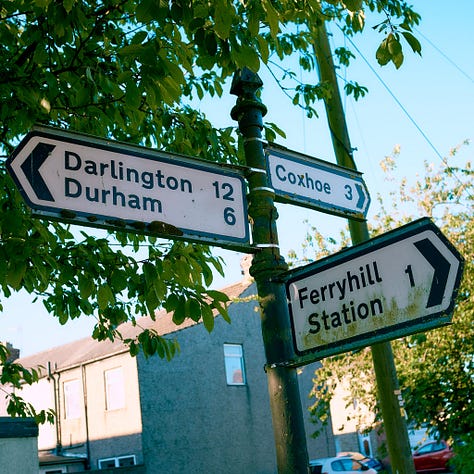

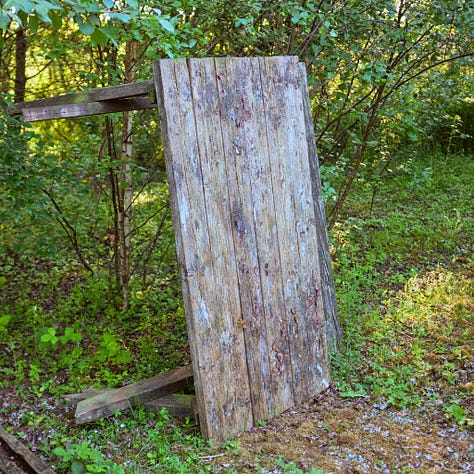
Memories of that proud history of mining are everywhere.
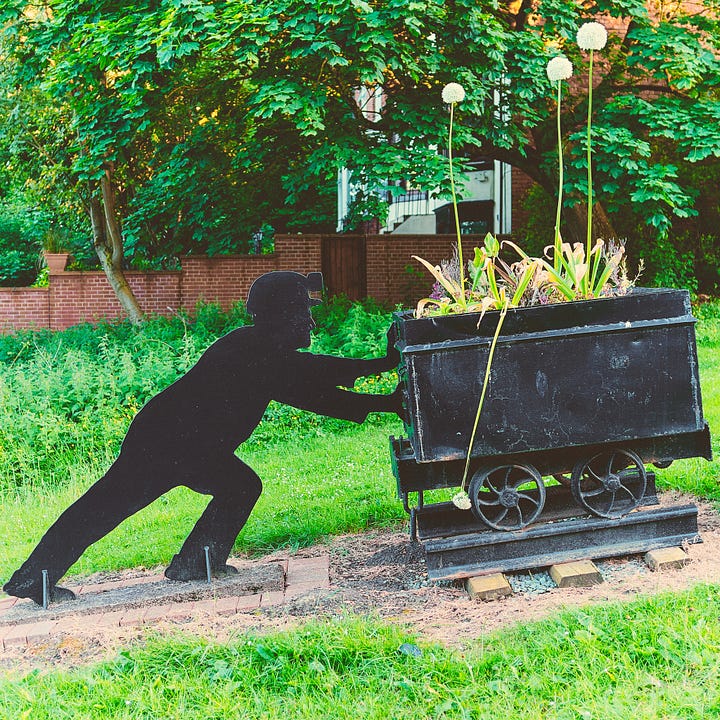
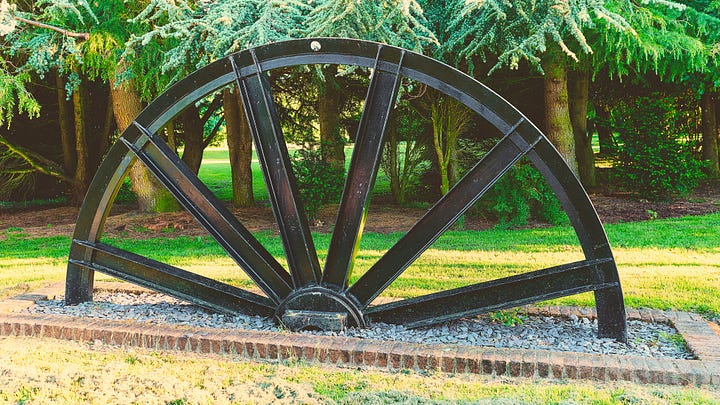
Mining was more than just an industry, it was a way of life, with celebrated authors.
My quest to capture deprived areas began with “sh*thole council estates”, and it has become very clear to me that just because an area is shaded red on a deprivation map doesn’t make it a “sh*thole”, even if there is occasional squalor.

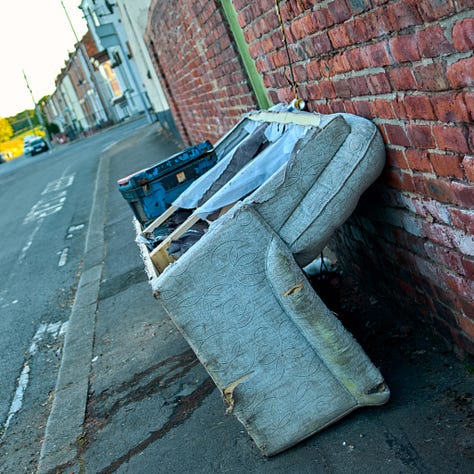
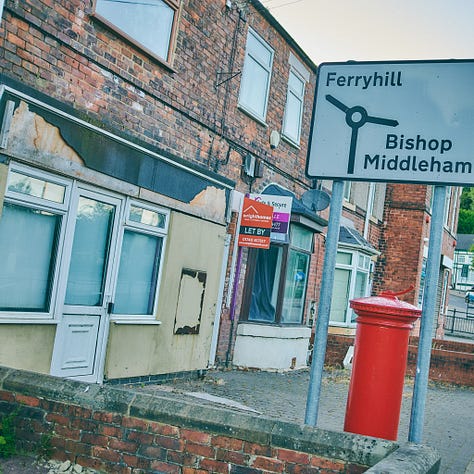
While the material wealth of this place is seen through industrial relics, it is perfectly liveable.
A town on a hill surrounded by pleasant countryside can never be truly impoverished.
As the old saying goes, you cannot eat the scenery. But the scenery still feeds you.
Ferryhill strikes me as a place that can sing again.


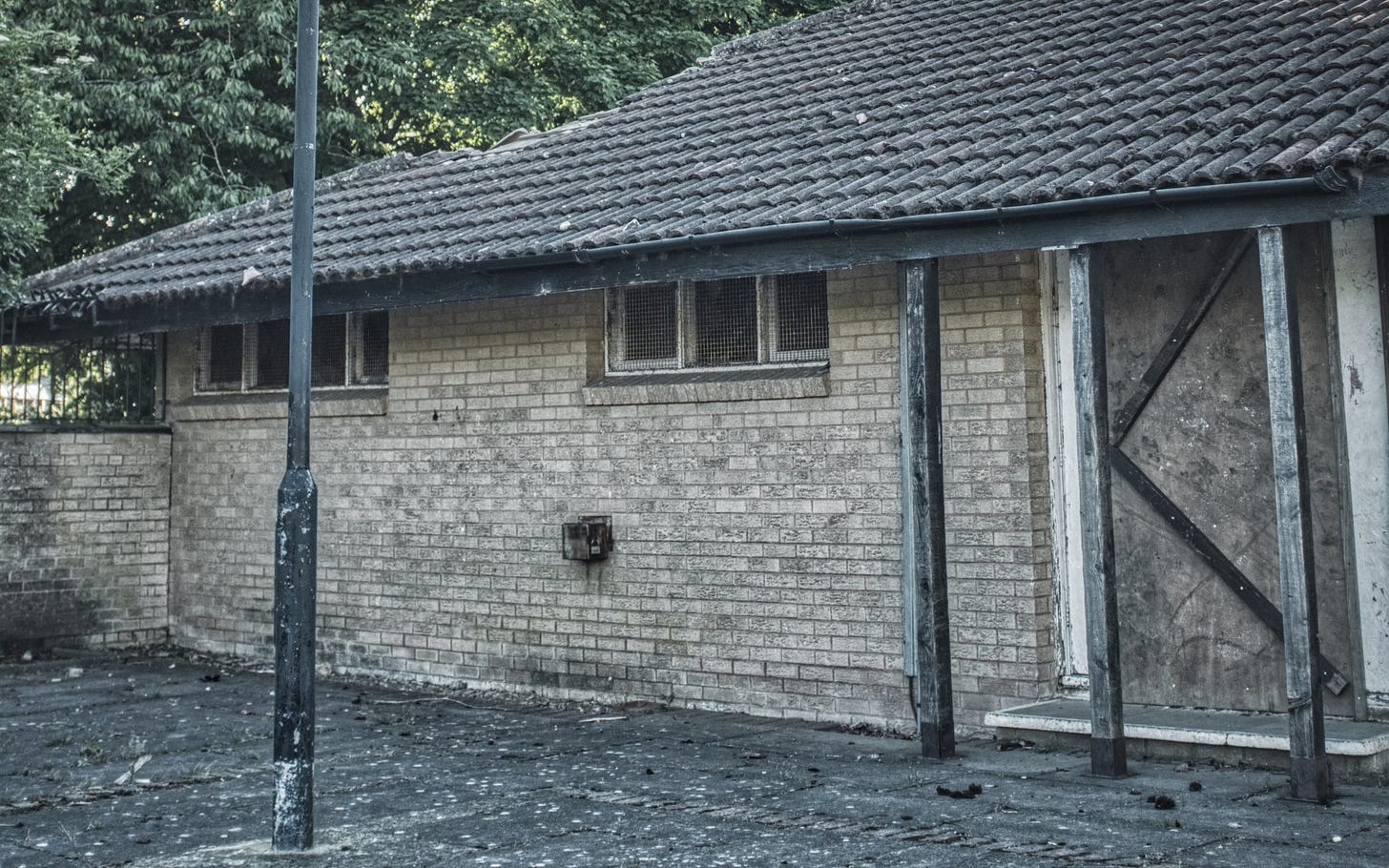




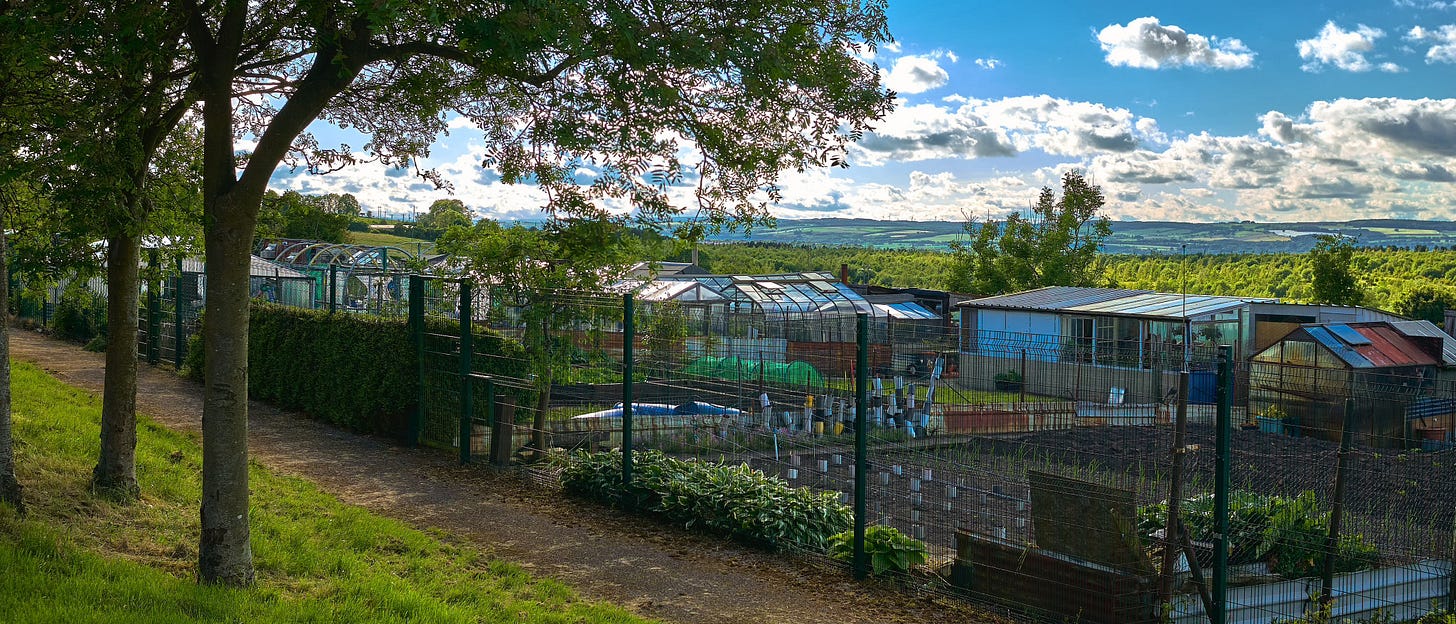
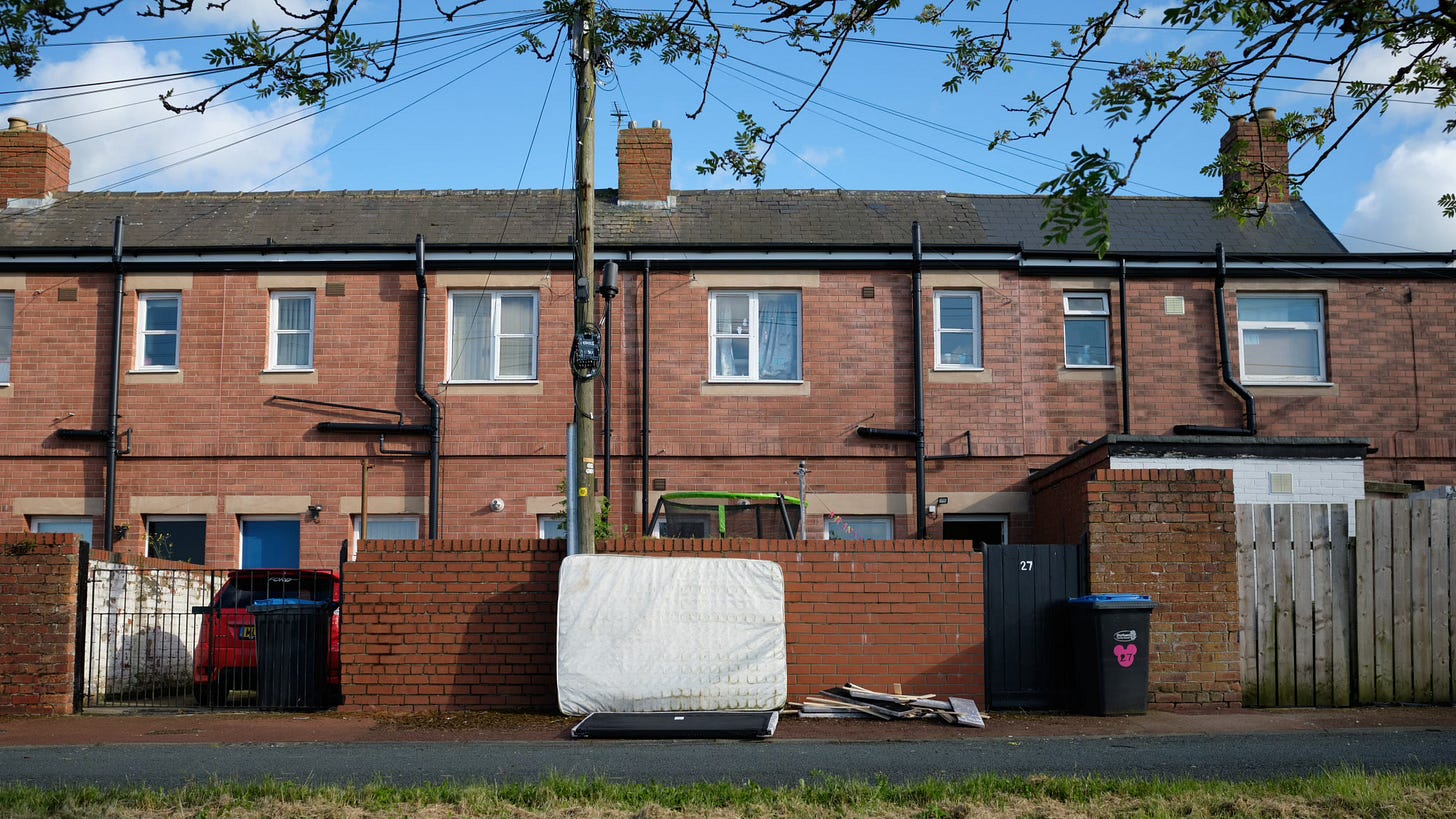
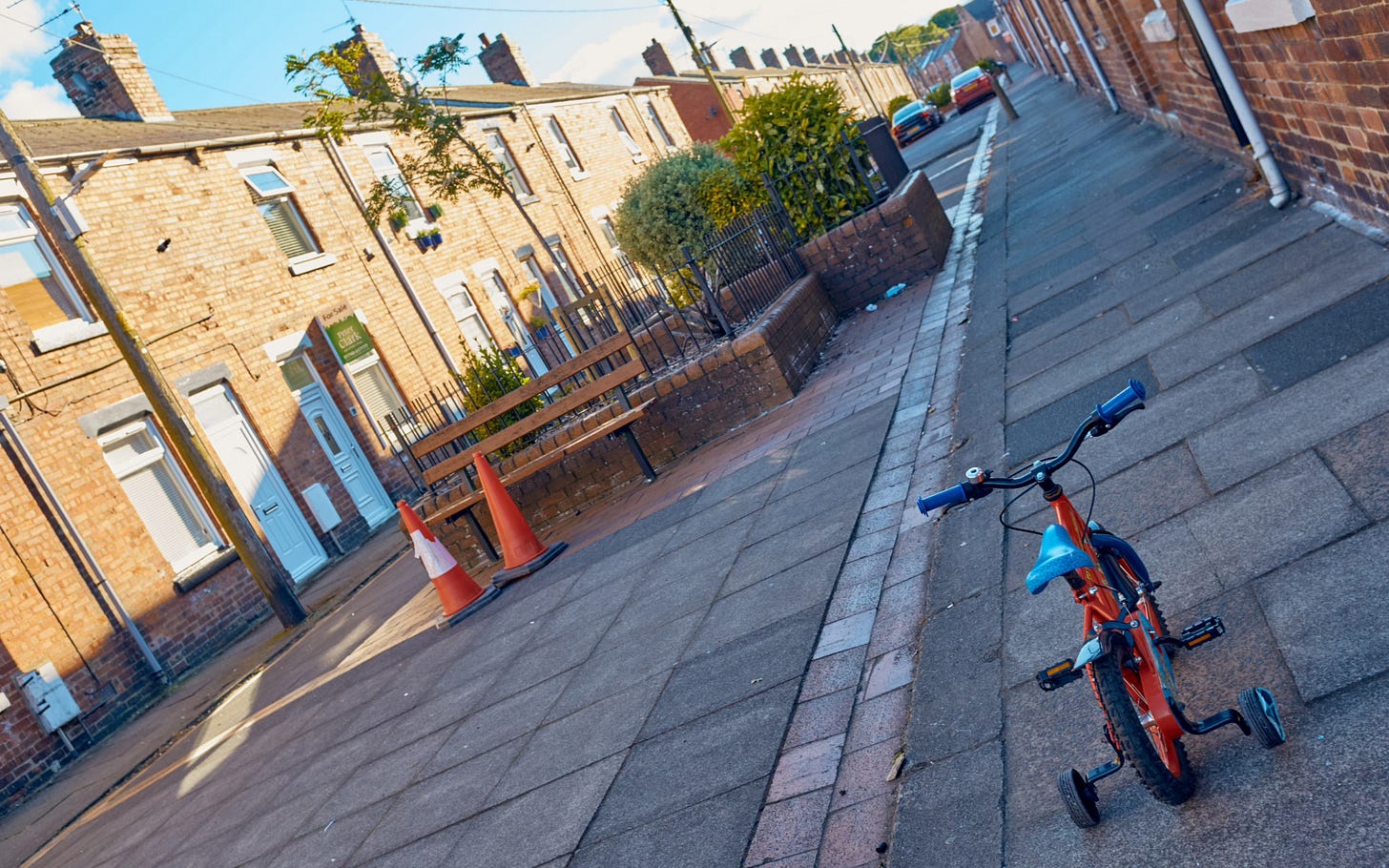

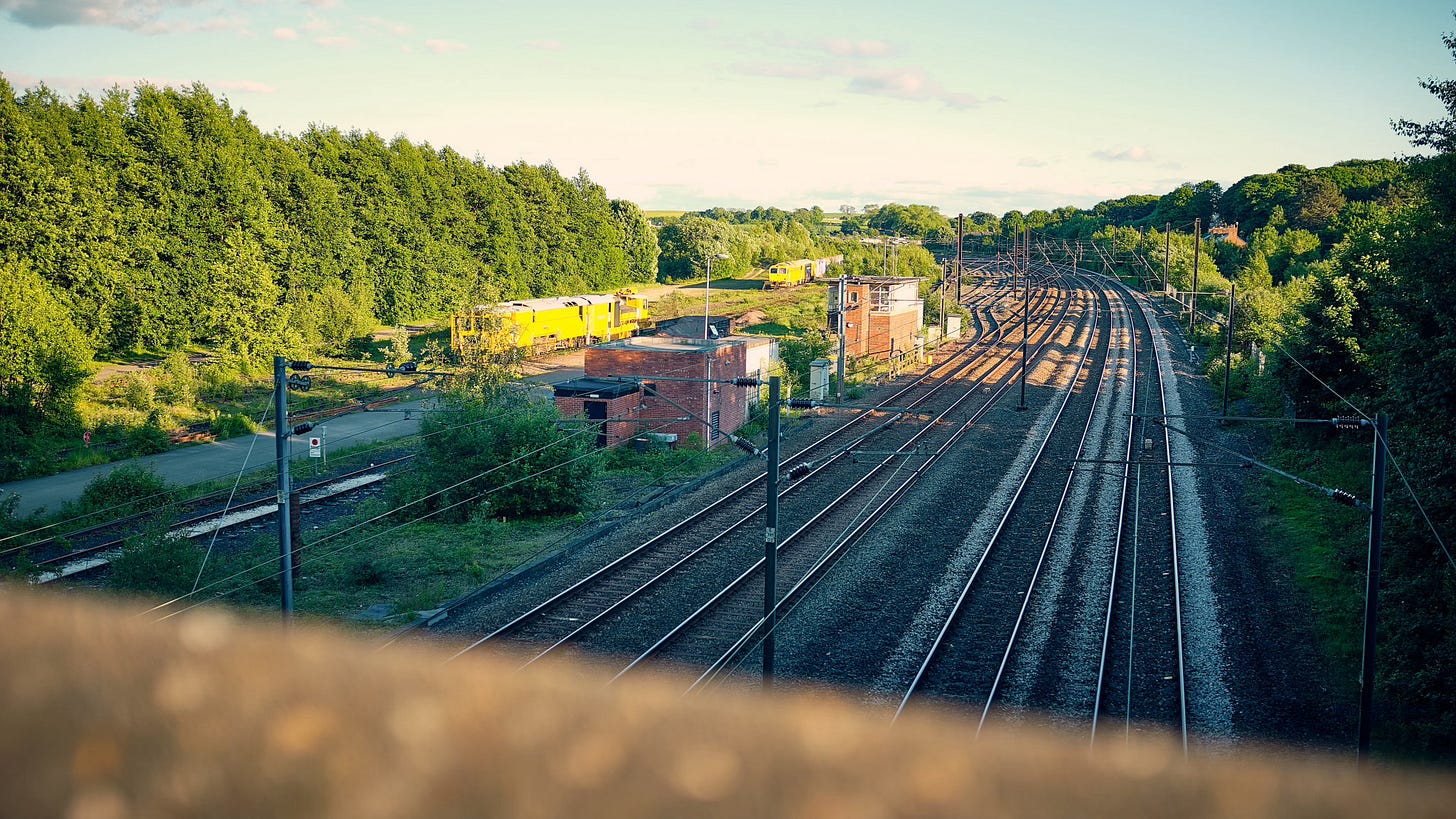





I too appreciate these colourful areas. In contrast I live in an area surrounded by significant wealth . Large lots, house scripted to “craftsman” style, front yards with “rules” as to which trees u may plant or not. “They” love it! Does it beckon one to stroll there? Not me. The spiritual vacuousness pulls at your skin.
Quite the contrast with the Smart Garden Scheme Big Brother poster and the Victory Garden of old. Speaks volumes, as they say. I love the title and how you came across it. I'd be tempted to move to Ferryhill and purchase one of the derelict buildings.